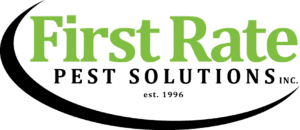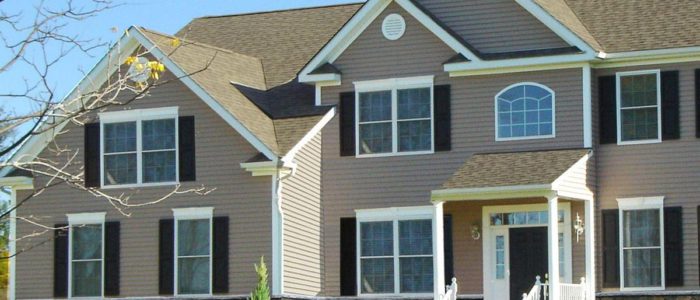Tips To Prevent Pest Invasion On Your Rental Property
When you own a rental property, there are certain types of tenants you do not want. You do not want bugs and rodents to take up residence in your property. Pests damage the rental property and chase away actual tenants, warns Sterling Property Solutions.
A bug-infested rental loses its attractiveness as a desirable habitation and the property’s value becomes depressed. This prevents landlords from making money in the short term via rental income. It also affects the resale value of a property.
Allowing pests to thrive in a rental property is a sure way to destroy the asset. Keeping a rental free of cockroaches, bed bug, mice and fleas is one of a landlord’s most important jobs. Failing to do it effectively can damage the rental business in at least four ways.
How Pests Affect Your Property
- Physical damage to the property: Rodents chew through wood/plaster, dig up the lawn and compromise a home’s foundation. Wasps also damage walls and water lines. Animal urine seeps into walls and the odor can make a home unpleasant.
- Tenant discomfort: Landlords whose properties are infested with pests will have to deal with repeated complaints from tenants. These tenants may report the owner to the health department or leave without any consequences.
- High tenant turnover: When tenants do not complete their lease, landlords lose the rental income they could have earned. And if this goes on long enough, it could cause their investment to fail.
- Health and Safety Issues: Bugs and rodents spread disease, cause allergies or asthma, and contaminate food. Moreover, failing to keep a rental pest-free infringes on tenant’s rights. And property owners may be fined for health and safety violations.
Tips for maintaining a pest-free rental
Keeping a rental property free of bugs and rodents requires a consistent maintenance routine. Landlords cannot undertake pest-control measures intermittently and expect good results. Pest infestation is an attempt by bugs and rodents to invade and colonize space.
Keeping them out requires constant vigilance. Below are ways owners can ensure that their pest-control strategy yields the expected outcomes.
Educate your tenants
Unless they enlist the help of tenants, landlords cannot be completely successful in their attempts to prevent pest infestation. Tenants live in the property, while the owner only visits periodically. It is the habits of the permanent residents of a property that determines if the place is conducive to pests or not.
This is why landlords should educate their tenants on what they can do to keep pests from invading a property. To make this binding on the tenant, the property owner should make it a part of the lease agreement.
Exterminate regularly
Waiting for signs of pest-infestation before doing extermination is a recipe for failure. By the time pests start to show up everywhere, the problem has become advanced. Instead of waiting for clear evidence of pest infestation, owners should conduct regular inspections of the property.
They should exterminate once every one or two months, whether there are pests or not. Preventative maintenance is always cheaper in the long run.
Deny pests access and remove clutter
If pests do not have hiding places or access to enter a building, they cannot invade it. Holes, cracks, and piles of wood, leaves or paper, are potential pest hiding places. Others are crawl spaces, under sinks, around drains or exposed pipes, and in unventilated damp places. Sealing points of access will minimize the risk of pest invasion.
Removing clutter from the premises will also remove the pests that hide in them. Drying up, lighting, and airing places in the home that are dark and damp will discourage pests.
Do not feed pests
Pests will not thrive in a place unless they have access to food. Most times the food is unintentionally supplied by the people who live in the place. To make it harder for pest to survive, they should be denied access to food waste, their most common source of sustenance. The property must have proper waste bins with heavy lids to prevent pests from getting in. These must be enough of them and there should be no cracks or holes in the bins. Bins should be emptied before they fill up and they should be positioned some distance from the property.
Eliminate breeding grounds
Standing water is a magnet for bugs and rodents. They serve as a breeding ground for mosquitoes and cockroaches are attracted to them. Rodents and other creatures that feed on mosquitoes, cockroaches and water-breeding insects are also attracted to water. In addition to standing water outside the home, leaky pipes and faucets inside the property create conditions that are favorable for pest infestation.
Keep common areas clean
Except during periodic maintenance calls, landlords do not influence how an apartment is maintained. What tenants do at other times is not under the property owner’s control. What owners can do, however, is keep the property’s common areas clean. Cleaning the space regularly will remove food particles and other things that can attract pests to the property.


Comments are closed.